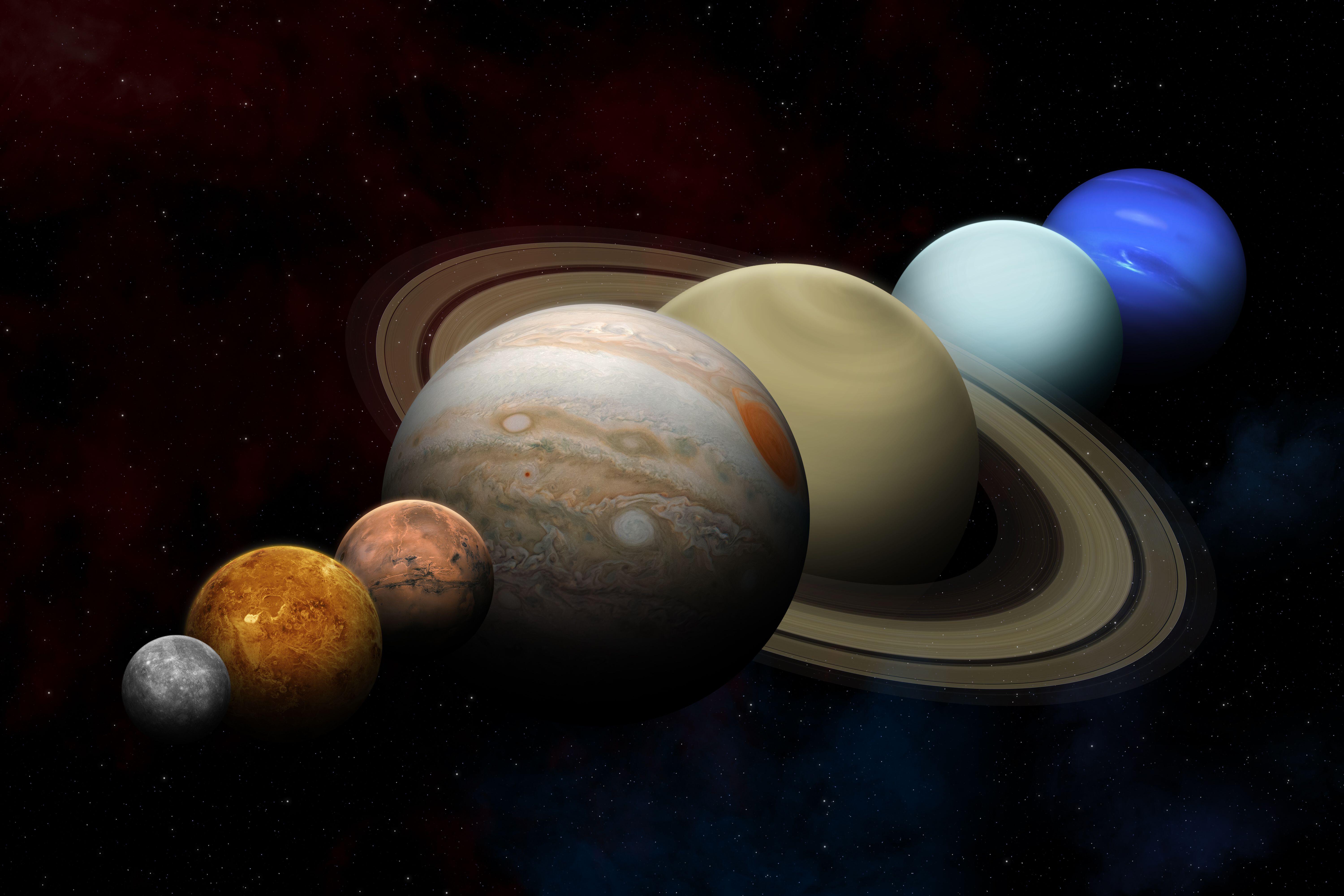
The seven planets in our solar system have aligned in what's known as a planetary parade - though some will be difficult to spot with the naked eye.
While alignment is expected to be visible in UK skies from Sunday, February 23 to Friday, February 28 - the peak viewing opportunity is on the Friday.
The good news for stargazing enthusiasts is that Mars, Jupiter, Uranus, Venus, Neptune, Mercury, and Saturn are expected to be at their most visible between sunset and 6:30pm (GMT).
These planetary hangouts happen when several planets appear to line up in the night sky at once. While they're not in a straight line, they are close together on one side of the sun.
The astronomical linkup is fairly common and can happen at least every year depending on the number of planets. A parade of four or five planets visible to the naked eye happens every few years, according to NASA.

A similar parade took place last June, but only two planets could be seen without any special equipment.
Six planets were visible in January — four to the naked eye — and now a dim Mercury joins the gang.
This month, Venus, Mars and Jupiter are visible to the naked eye. A faint Saturn and Mercury are close to the horizon, making them hard to spot. Uranus and Neptune can be glimpsed with binoculars and telescopes.
This is expected to be the last time all seven planets will align in such a way until 2040.
To get in on the sighting, experts say to go outside on a clear, cloudless night after sunset. The planets will shine brighter than the stars, and Mars will look like a reddish-orange dot.
Stargazing apps may also help with where to look.
Experts warn, if using a telescope or binoculars, wait for the sun first but then be quick to see the planets before they disappear below the horizon.
The planets will slowly make their exit through the spring.







